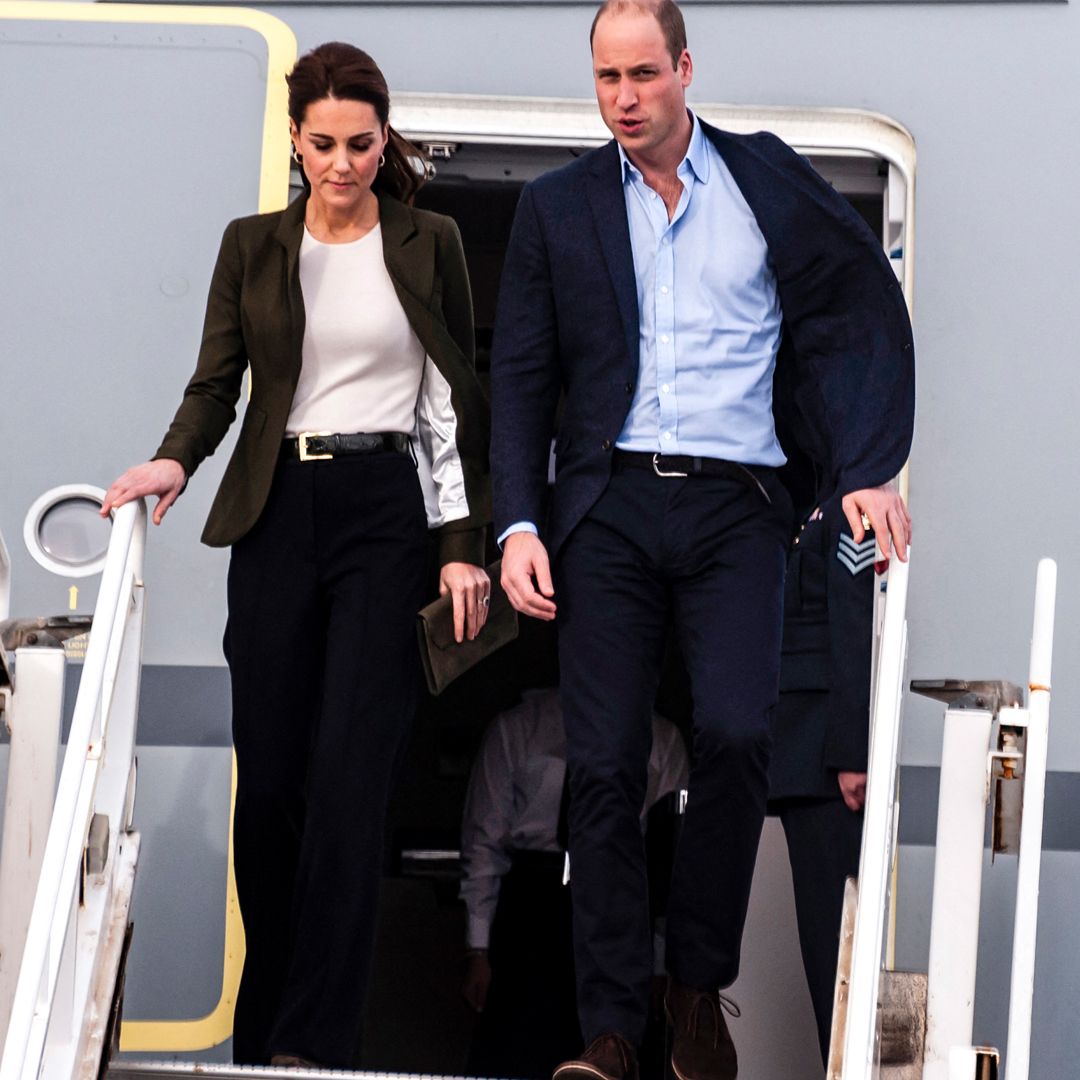The tsingys are large limestone platforms heavily eroded by rainwater in a process called 'karstification'. The process is common in limestone rocks across the planet – Cheddar Gorge is possibly the most famous example in the UK – but, while in the northern hemisphere, the phenomenon gives rise to moderately eroded areas, in Madagascar, where everything is wild and extreme, it produces great structures like Gothic cities. In some of the crevices, the rainforest grows and much of the island's wildlife finds safe haven.
Some of the most spectacular tsingys can be seen in the Ankarana reserve, in the north of the island, near the RN-6, which connects Diego Suarez with Ambanja. Here there are more than 120 kilometres of caves, dozens of sinkholes and canyons whose depths will take your breath away. In the few areas of the Ankarana – whose name is Malagasy for 'the place where there are sharp rocks' - where the rock gives way to the rainforest, you may be lucky enough to see one of the many species of chameleons endemic to Madagascar, with their colourful changing skins, from the small short-horned chameleon to the fantastically coloured panther chameleon. The Ankarana Massif is considered sacred by the local Antakarana people, and several of their kings are buried in the caves here. But the highlight of the Ankarana fauna is, without a doubt, the lemur, one of the best-known and most studied of Madagascar wildlife.
These friendly mammals, half squirrel, half cat, are in fact proto-simians – which makes them distant cousins to the primates and even more distant relatives of man himself. How they got here and, more especially, why they have only survived in Madagascar is a mystery to science. It is known that when the island was separated from Africa they didn't yet exist and that they arrived later, about 40 million years ago, allegedly on board floating tree trunks and floating islands of plant matter from the dark continent. There are nearly 100 different species on the island, all indigenous, ranging from the tiny Madame Berthe's Mouse Lemur, which weighs in at only 30 grammes (just over an ounce), to elusive nocturnal species such as the Aye-Aye, the species featured in Gerald Durrell's book, The Aye-Aye and I.
The best way to get to Ankarana to join one of the 4x4 expeditions organised by local agencies in Diego Suarez. There is no accommodation within the park, so the organisers provide all the necessary equipment for camping, or you can sleep in one of the lodges and cabins that are just outside the reserve. A night under the stars, with a great natural stone backdrop and the Malagasy sounds of nature as a soundtrack, is an unforgettable experience.
TIPS & SUGGESTIONS
Where to stay In Antananarivo:
the Hotel Colbert, central and very comfortable, with its modern colonial décor; the Royal Palissandre, in a modern building but in the traditional style, with rosewood, charming and welcoming; Hotel du Louvre, in the financial district near the Antaninarenina Gardens. In Diego Suarez: Allamanda, a correct and comfortable three star hotel and the only one in the centre, with views of the beach; Note Bleue, a four-star hotel with bungalow accommodation on the beach offering many water sports and island excursions.
Gastronomy In Antananarivo, many restaurants are offering fine cuisine with local dishes and French influences, based on excellent local ingredients. One such is Mariette (Faravohitra, s / n tel. 261 20 22 21 602); La Boussole (Rue du Dr. Villette, 21, tel. 261 20 22 35 810), a famous brasserie with excellent seafood and zebu meat also offers fine French cooking. In Diego Suarez, La Rosticceria, the Tsara Be and Vanilla, are all good and easy to locate in the town centre.
In the north of Madagascar don't miss: The Bay of Diego Suarez, called Antsiranana in Malagasy, has been described as one of the most beautiful in Africa.Amber Mountain National Park is another large forest reserve where the indigenous fauna of this Noah's Ark island is plentiful. Nosy Be is the most famous island in the north, with good beaches and plenty of local life.
In the capital, Antannanarivo, the Friday market, known as Zoma, is one of the biggest in Africa.








